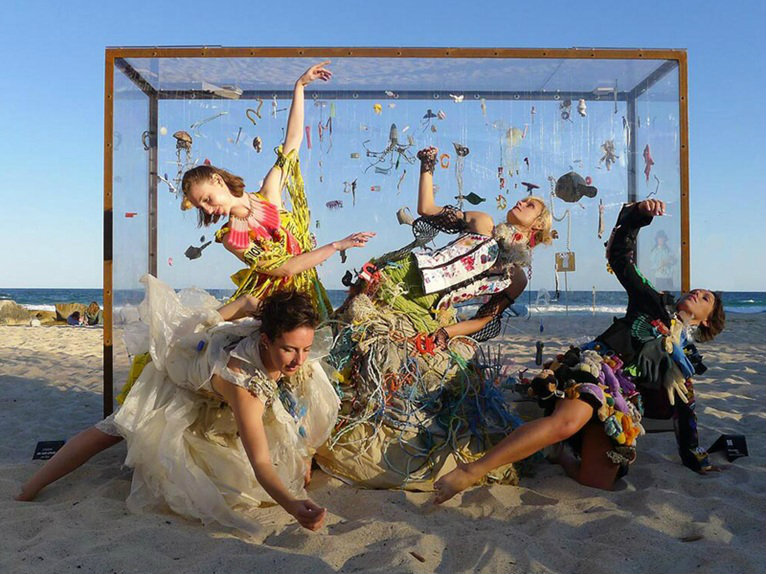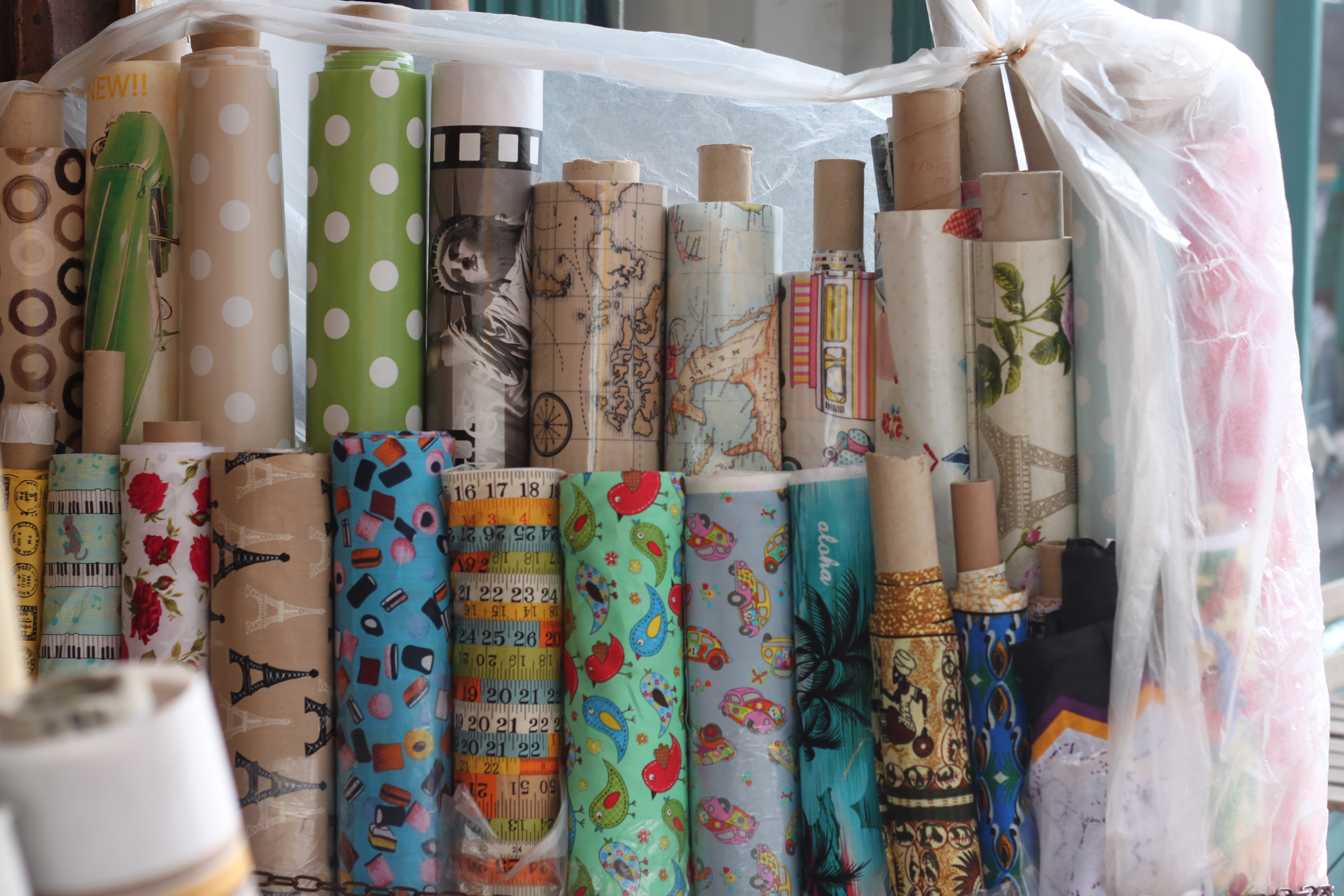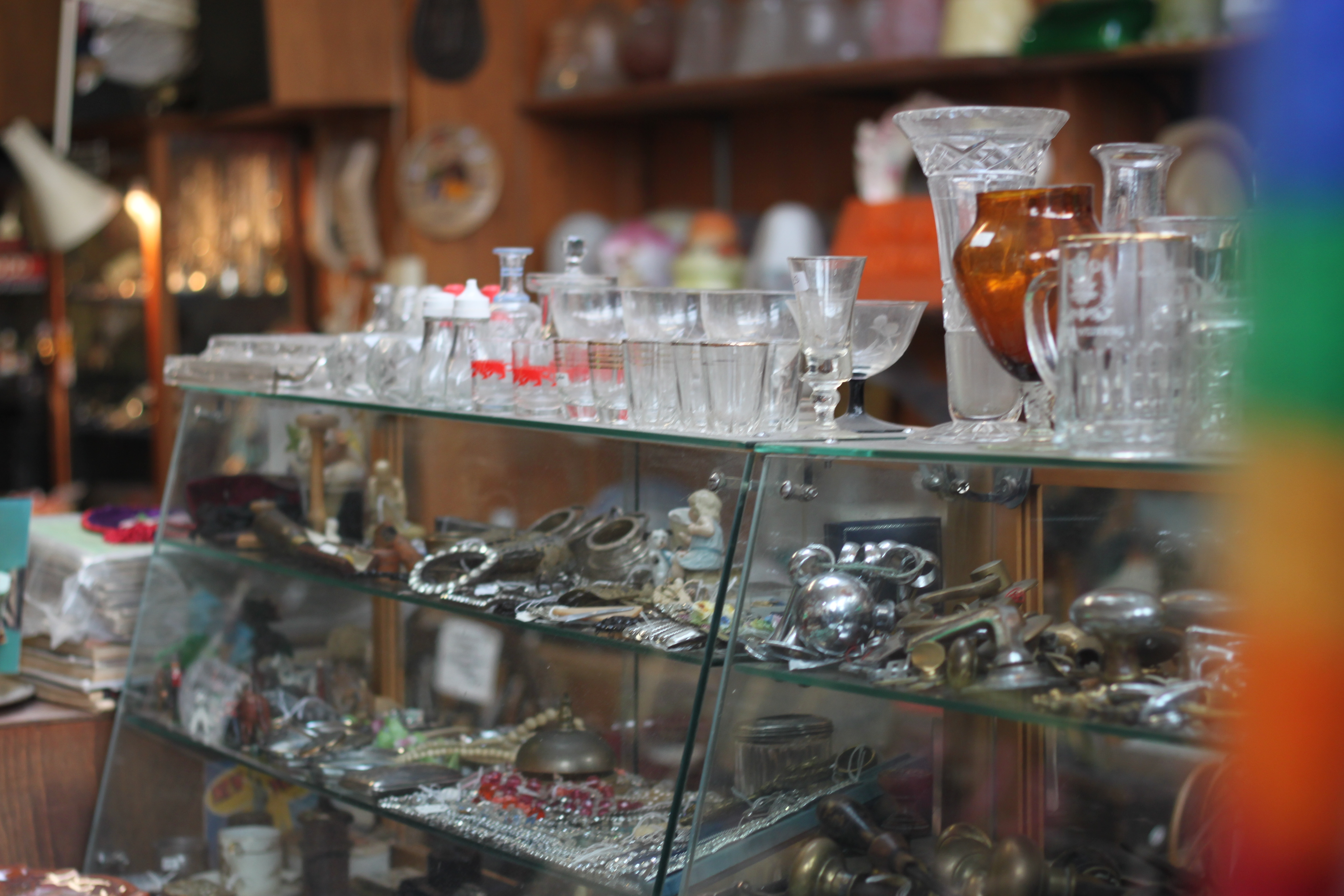The Definition:
The definition of “sustainability” is the study of how natural systems function, remain diverse and produce everything it needs for the ecology to remain in balance. It also acknowledges that human civilisation takes resources to sustain our modern way of life (1). There are countless examples throughout human history where a civilisation has damaged its own environment and seriously affected its own survival chances (some of which Jared Diamond explores in his book Collapse: How Complex Societies Choose to Fail or Survive (10)). Sustainability takes into account how we might live in harmony with the natural world around us, protecting it from damage and destruction.
The Three Pillars of Sustainability
In 2005, the World Summit on Social Development identified three core areas involved within philosophy and social science of sustainable development. The three of them are areas in which the world need to deal face. The Brundtland Commission described it as “development that meets the needs of the present without compromising the ability of future generations to meet their own needs”. When thinking about the future, we must consider the present.
Economic Development:
This is an issue that can be most problematic in that most people disagree on the topic of political ideology and how it affects businesses. It focuses on providing incentives for all in the hope that they will adhere to sustainability guidelines that sit outside their normal legislative requirements. It wants to consider the impact that a group can have rather than concentrate on the individual. Daily lives take a lot of preparation and resources in order to meet expectations; the main focus of economic development is to try and ensure everyone is happy; that quality of life isnt affected and also to reduce the financial burden and ‘red tape’ of doing the right thing.
Social Development:
Awareness of legislation protection of the health of people from pollution and other harmful side affects from business and organisations is most important. In addition it is about maintaining the access to resources that form the basics we need to survive in life.
Environmental Protection:
Protecting the environment is something that can be achieved through recycling, reducing our power, walking rather than driving etc. Business are regulated in order to reduce pollutants and to keep carbon emissions low which can be influenced by installing renewable power sources in buildings. This pillar is about our ecosystems, air quality, integrity and sustainability of our resources. The technology we use to drive performance is also relevant and how these are used to develop the current state of the world.
How does this apply to Fashion?
Does fashion fit into the category of natural? The idea that we naturally need to cover ourselves to keep warm could somehow link fashion and nature. The idea that clothes are able to shape and influence our moods and have been shown to psychologically affect our daily lives through feelings and reactions could be considered to be a natural outcome.
Or is it that we take a natural necessity such as cloth and use it as an excuse to push the boundaries and fuel our want for more and better?
I think it is interesting to consider that in some fashion is something beyond necessity, it is considered irrelevant and over the top and frowned upon by those who don’t share a passion for it. But what makes it different from a hobby such as climbing or shooting? It can be used for the better, advertising important campaigns such as those used to raise money for refugees. Is it the influence it can have on people on the status and thus potentially create bullying? Is it because it can cause financial instability if it becomes an obsession? Or is the fact that it poses such a threat to our environment and the overall impact it has on our world?
Source used: https://www.environmentalscience.org/sustainability

















